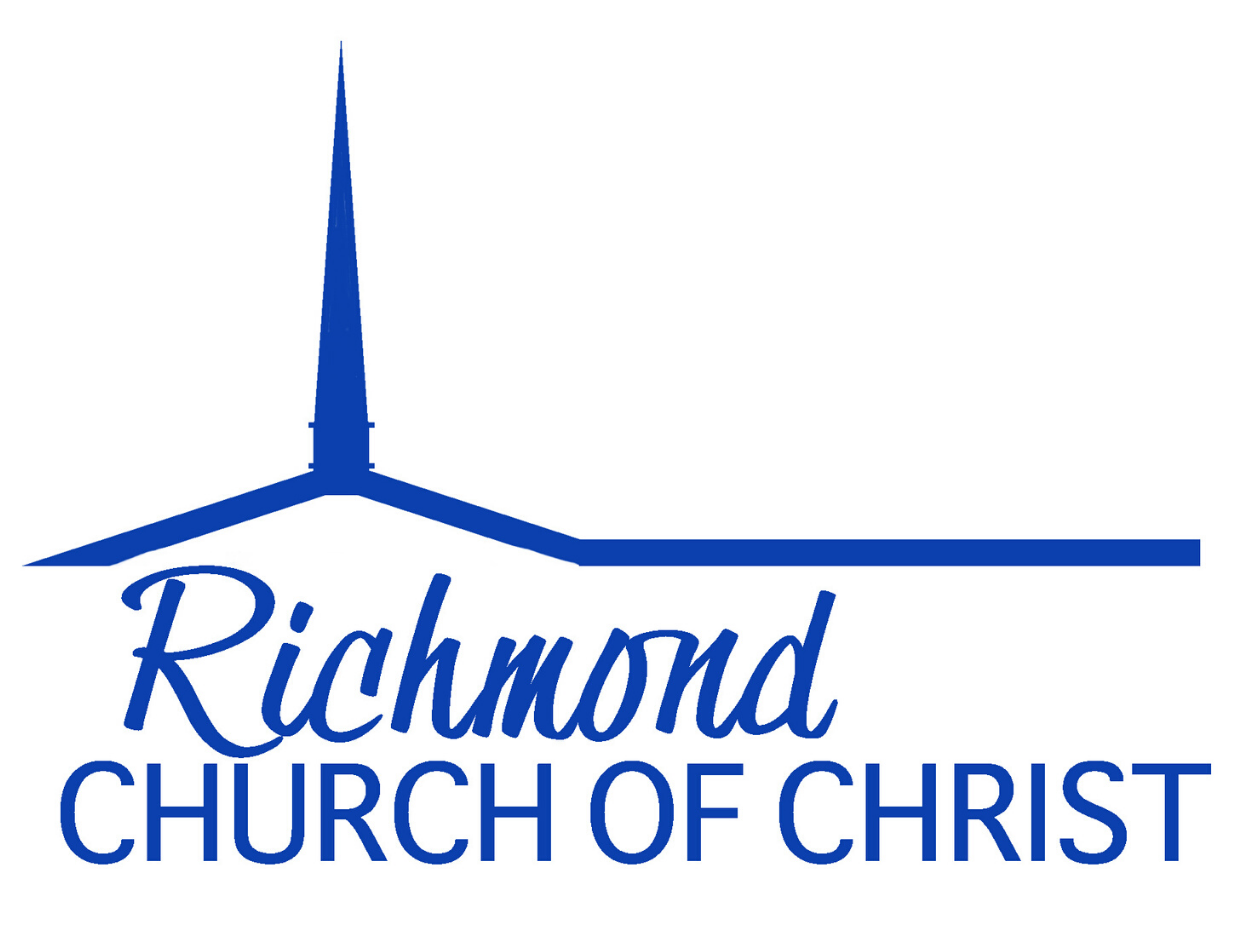
How Were the Books of the Bible Selected?
The Bible isn’t a single book. Rather, it is a collection of 66 individual books and letters that have been compiled into one volume. These books and letters were written by approximately 40 different people spanning a time period of over 1500 years.
The books which are regarded as having divine authority and which comprise the Bible are referred to by scholars as “canonical” writings. The English word “canon” is derived from a Greek word which referred to a standard or rule. Thus, a writing is considered canon if it meets a certain standard.
Misconceptions
Some erroneously believe that the Bible’s canon was decided in the 1500’s by the Catholic church or by Emperor Constantine in 325 AD. However, it is a fact that the books in our modern Bibles were considered canon before either of these dates. It is true that church councils met to discuss the canon of the Bible, but what they really did was ratify the existing canon. The collection of the books of the Bible isn’t so much about councils, it’s really more about consensus.
Collection
As each book of the Bible was written, people who lived at the time were eyewitnesses of the events which the prophets spoke of. When the words of the prophets were recorded in writing they recognized the writings as authentic and factual. Since they accepted that the prophets were messengers of God, they considered the prophet’s writings to equally be a message from God.
To compare this to something we can relate to today, consider events in recent history. We all remember the terrorists attacks of September 11, 2001. Most of us were not eyewitnesses of the events of that day, but thousands of people were. The eyewitnesses reported what they saw and the events have been well documented and recorded. No sane person doubts that the attacks took place and we accept these events as facts even though most of us did not see them. The events of 9/11 will also be accepted as fact by our descendants. Just as we consider the events of World War II, the Kennedy assassination, etc. to be factual, the ancient peoples, for the same reasons, accepted the authenticity of the writings of the prophets.
As time went by, all of the writings were added to the list of books they considered to be inspired and authoritative. By consensus, they were added to the canon. It is important to note the order. The writings were not considered inspired or authoritative because they were added to the canon, but were added to the canon because they were recognized as a message from God!
These lists of writings were made at different times and in different locations and did not always contain exactly the same books. Because of this, there was sometimes hesitation to accept certain books. For instance, several of our New Testament books were disputed for a short period of time by the early Christians. They were not disputed because they taught something contradictory, but because they were unfamiliar to some people and not widely circulated amongst Christians at that time. This was the exception more than the rule and represented but a temporary obstacle to a universally recognized list of canonical books.
Of course, there were writings that were rejected. Upon what basis were they rejected? Sometimes the author was not recognized as being inspired of God. If a book taught something that was inconsistent or contradictory with other books that were already considered to be inspired it would be rejected. History records that one book in particular (“Shepherd of Hermas”) was not accepted because it was written “quite lately in our time” (~140 AD). The inspired apostles and prophets had all passed away by 100 AD and therefore anything written later was automatically suspect.
General Consensus Reached Early
The canon of the Old Testament had been recognized long before the time of Jesus. Origen, who lived from approximately 182-254 AD, listed all the books in our modern New Testament in some of his writings. This shows that a general consensus amongst Christians had already been reached by the middle of the 3rd century.
The formation of the canon did not come all at once, but was the product of centuries of contemplation.
